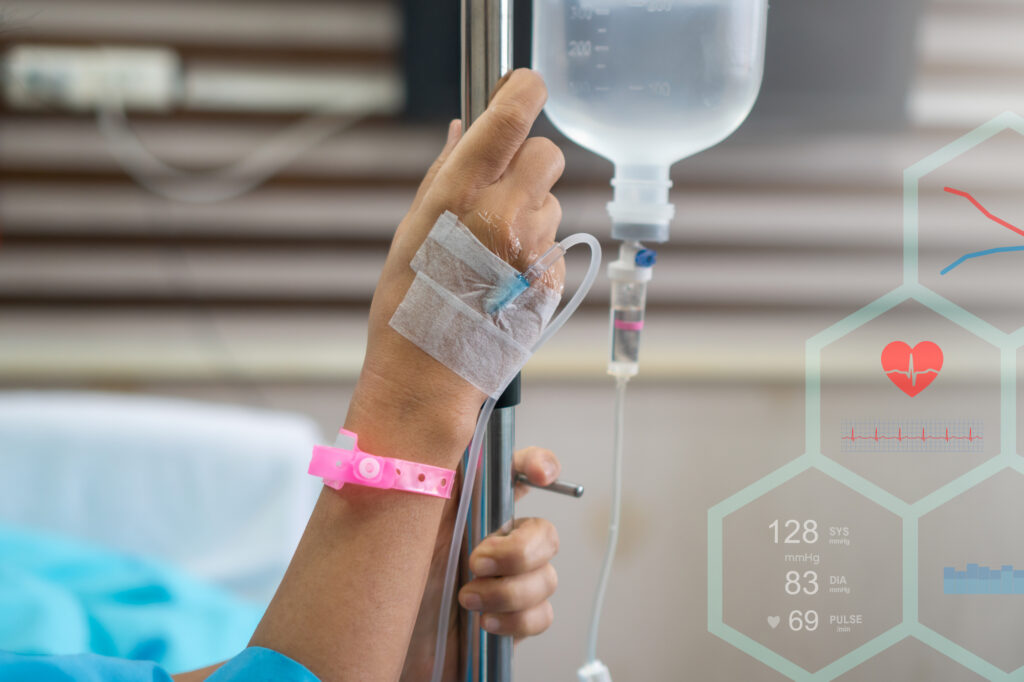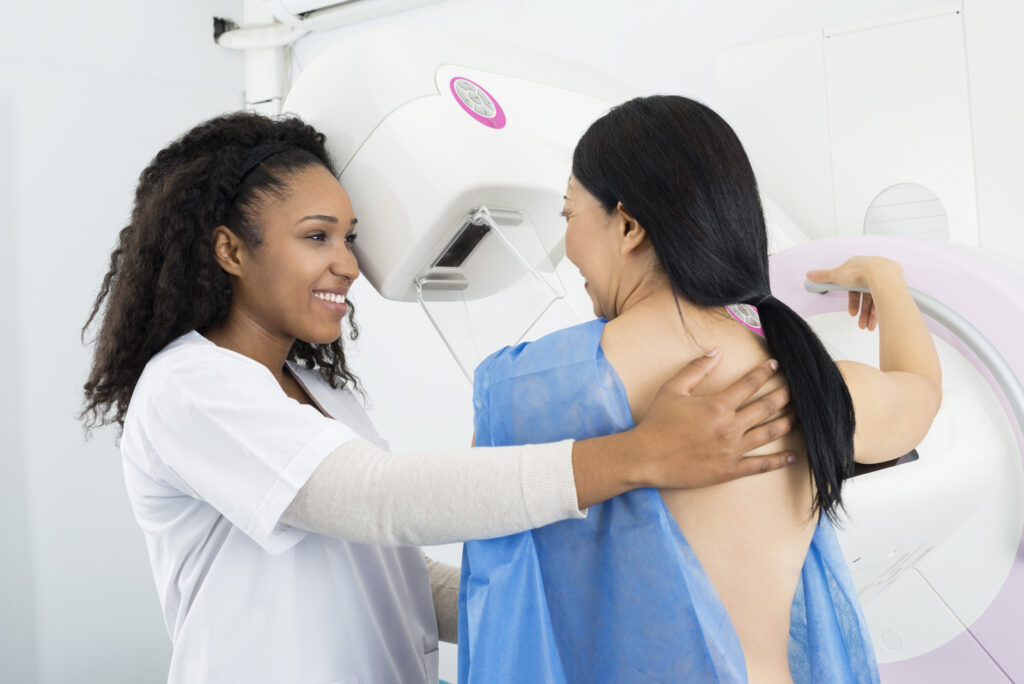This month, Tribal Health will join the global effort to raise breast cancer awareness. If you’d like to join our Healing Heroes team or participate in our fundraiser, details will be posted later this week.
Breast Cancer Awareness Month just might be the best known “awareness” month of them all. Pink ribbons, Race for the Cure events, and mobile mammogram units abound during October. At this point, the top breast cancer statistic – that 1 in 8 women will be diagnosed – is emblazoned on the American consciousness. To a lesser extent, Americans are aware that women of color experience higher mortality rates from breast cancer. What isn’t talked about as much: the actions needed to improve access to screenings and treatment in disadvantaged communities.
In the United States, Native women are 7 percent more likely to get breast cancer and 10 percent more likely to die from it than non-Hispanic white women. They’re also more likely to be diagnosed before age 50. Breast cancer is the second leading cause of cancer death for Native women – and they have the worst breast cancer survival outcomes of any racial group in the U.S.
Disparities in Indigenous health are laid bare in breast cancer. As cancer deaths drop in every other group, the Centers for Disease Control and Prevention (CDC) says they are rising in Native American women, jumping nearly 2 percent each year among Native women in their 40s. It often takes longer for Native American women to get diagnosed because they have one of the lowest screening rates in the country. Those who do have a positive mammogram result are less likely to get a biopsy to confirm the diagnosis.
They’re also less likely to get the necessary treatment, as a disturbing University of Arizona study showed.
Rural and Reservation Barriers to Breast Cancer Treatment
A team from U of A Health Sciences examined data from the CDC and National Cancer Institute to examine breast cancer disparities for Native and Indigenous women. They looked at race and ethnicity, surgical procedure, radiation, and region for 170,000 women with invasive breast cancer: 3,292 Native women and 165,225 white women. The team, Dr. Erdrich (Turtle Mountain Chippewa), Felina Cordova-Marks, DrPH, MPH, MS (Hopi) and Angela Rosé Monetathchi (Comanche) found that Native and Indigenous American women had higher percentage of mastectomy (41% versus 34%) and a lower percentage of lumpectomy (59% versus 65%) compared with white women.
Here’s why that matters. Mastectomy is effective but can cause more complications. Lumpectomy, also known as breast-conservation therapy, is just as effective when paired with radiation, and offers easier recovery, decreased pain, fewer complications, and higher quality of life.
But breast-conservation therapy and radiation require more clinical visits – and women who live on reservations or in remote areas may live too far away from the nearest treatment. Lack of childcare, time off from work, and transportation can pose significant barriers, especially in snowier regions; women in the Northern Plains and Alaska experienced the most significant difference, with 47-49% of American Indian and Alaska Native women receiving a mastectomy compared with 33-36% of white women in the same region.

Understanding and Managing Risk
While’s no way to eliminate the possibility of a breast cancer diagnosis, Native women can take steps toward managing their risk and treatment:
-
- Creating a risk profile. This assessment can be based on genetics, lifestyle, and environmental factors. Family history, such as a mother, aunt, grandmother, or sister with breast cancer, can indicate elevated risk; age is a factor, as is breast density, which not only increases risk but can “disguise” cancer on a mammogram.
-
- Regular screenings. Mammograms remain the best way to detect breast cancer early, when it’s most treatable. Thermal imaging, which measures infrared heat waves from breasts to detect hotter cancerous cells, is becoming more popular too. Current guidelines recommend creating a “baseline” mammogram between ages 40 and 50 – but because breast cancer affects Native American women at a younger age than other women, they may want to begin screening sooner.
-
- Weight management and moderate alcohol consumption. Extra fat tissue can lead to more creation of insulin and estrogen, both linked to an increased risk for breast cancer. Alcohol consumption is also linked to breast cancer risk. Maintaining a healthy weight, limiting alcohol intake, and exercising at least 3 days a week are recommended to lower risk.
-
- Breastfeeding. Because breastfeeding lowers estrogen, every 12 months of breastfeeding drops a woman’s cancer risk by more than 4 percent.

Improving Breast Cancer Treatment in Tribal Nations
As with every clinical specialty, culturally responsive care is a must for breast cancer treatment in Native communities. Additional funding, resources, and equipment can also increase the screening rate. When it comes to treatment, the University of Arizona team suggested that medical centers find ways to cluster patients’ care and make it easier for them to complete therapy in a smaller number of visits – lessening the burden on women who travel long distances for care.
Also helpful: testing to reveal a patient’s cancer hormone status. Studies have found that most breast cancers in Alaska Native women are hormone receptor-positive, meaning they can feed on estrogen or progesterone. Knowing a patient’s status can help doctors devise a safe and effective treatment plan, but Native women are less likely than white women to get tested.
Finally, telehealth can bring specialists and multidisciplinary care teams to patients in remote areas and reservations. Women can access genetic counseling, lactation consultants, follow-up visits, and long-term survivorship care without leaving home.
From New Resources to Easier Recovery
Every woman diagnosed with breast cancer deserves the best treatment possible – and every woman deserves the best screening opportunities to catch cancer early. This October, consider raising awareness of the specific protocols and resources that can not only save Native women’s lives, but bring them an easier treatment and recovery experience and a higher quality of life.


One Response
I am a breast cancer survivor and Achjachemen from the Juaneno Band of Mission Indians. My work career includes 10+ years of project management in Healthcare.
I would like to get involved in advocating for breast cancer awareness for native women. Let me know if you can utilize my expertise.
Thank you